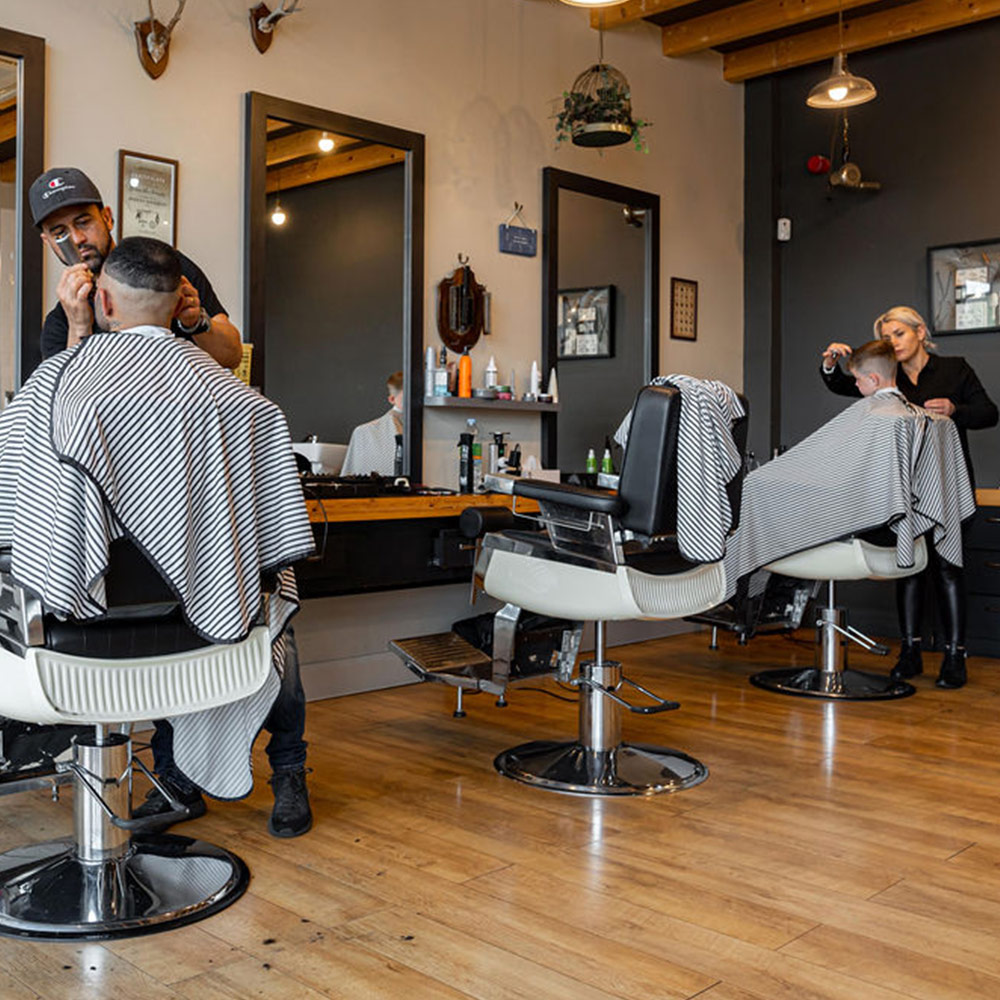Hairdressers as Artistic Curators Shaping Neighborhood Identity and Connection in NYC Metropolis
Hairdressers as Artistic Curators Shaping Neighborhood Identity and Connection in NYC Metropolis
Blog Article
Barbershops in NYC are not only locations to get a trim; they serve as important cultural centers that help shape community identity and foster connections among residents. These establishments have a long heritage in city settings, serving as gathering spots where people from diverse backgrounds come togetherness. In many areas, barbershops are often the initial place where individuals can engage in conversations about community issues, exchange stories, and forge relationships. This unique role makes barbers not only skilled professionals but also cultural curators who contribute to the community fabric of their neighborhoods.
The environment in a barbershop is often vibrant and inviting, creating a space where people feel comfortable sharing themselves. Barbers are known for their skill to engage with patrons, often engaging in discussions that span from athletics to current events. This interaction helps to create a sense of belonging among patrons, as they discuss their experiences and perspectives. In many cases, barbershops mirror the ethnic diversity of the neighborhoods they serve, displaying different hairstyles, grooming methods, and even sounds that connect with the local community. This cultural exchange enhances the experience for everyone involved and bolsters community ties.
Barbershops also play a key role in maintaining cultural heritage. Many barbers have been educated in specific techniques that are transmitted through generations, ensuring that unique styles and practices are not lost over time. For example, certain haircuts and grooming methods may be tied to cultural background, allowing individuals to show their identity through their look. By upholding these customs, barbershops help to preserve cultural stories alive, providing a feeling of pride and connection for community members.
In addition to their cultural significance, barbershops often engage in community outreach and support local initiatives. Many barbers take an active role in tackling social issues, such as education and health education, by organizing events or providing resources to their clients. This involvement demonstrates a dedication to the health of the neighborhood and encourages a feeling of responsibility among barbers. By using their platforms to promote positive change, barbershops become essential players in the local area, further solidifying their role as cultural curators.
Overall, barbershops in New York City serve as essential places for cultural interaction, community development, and identity creation. They provide a distinct environment where individuals can connect, share, and celebrate their diverse backgrounds. As community curators, barbers not only influence the browse around here way clients present themselves but also influence the broader community dynamics. By recognizing the value of these businesses, we can value the essential role they play in fostering connections and preserving cultural traditions in city settings.